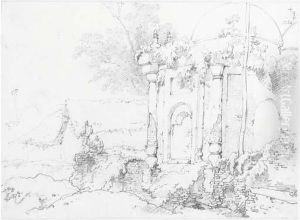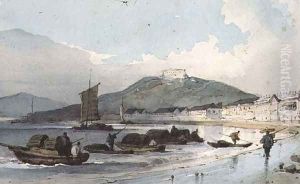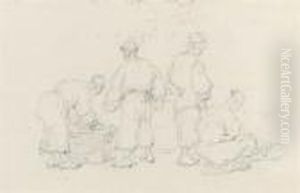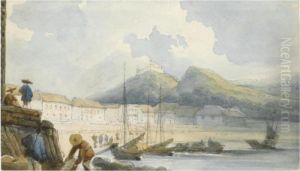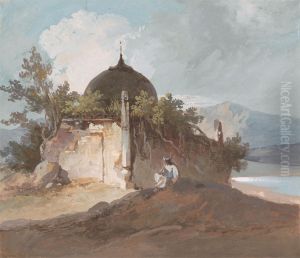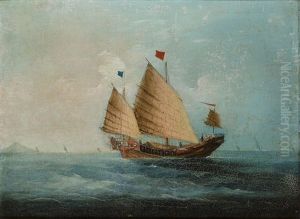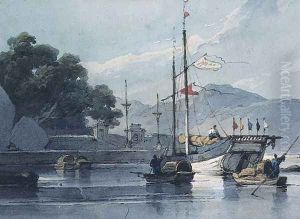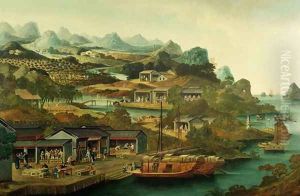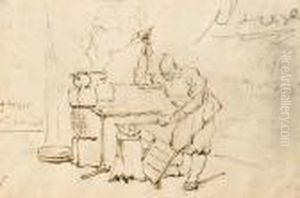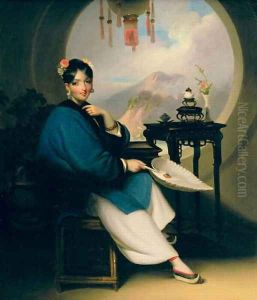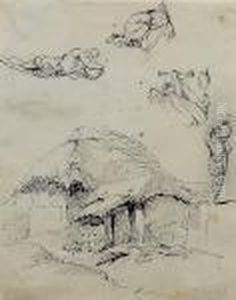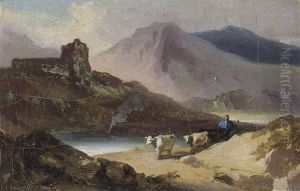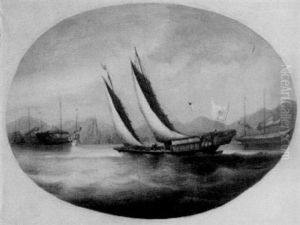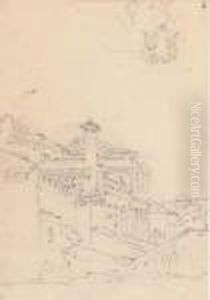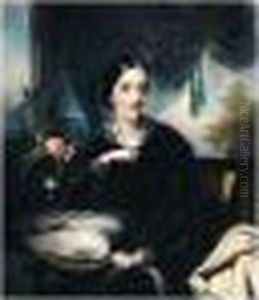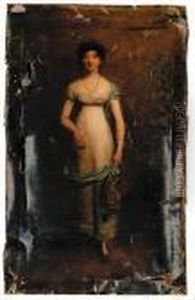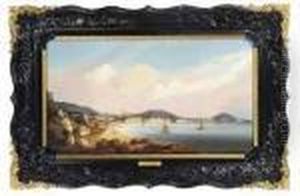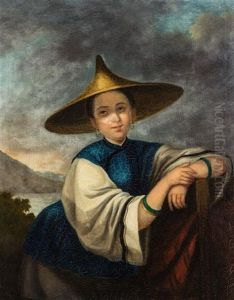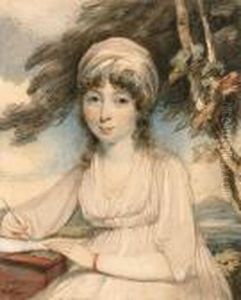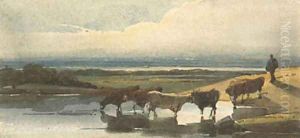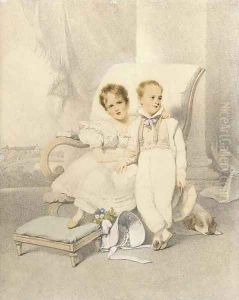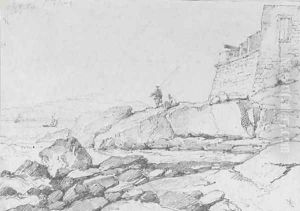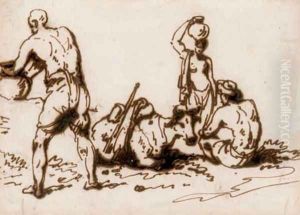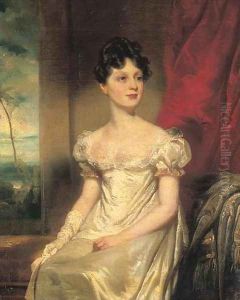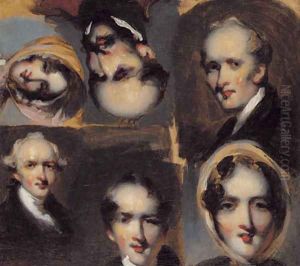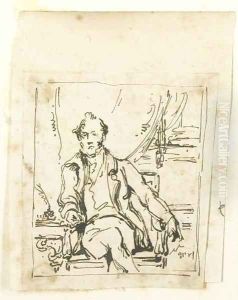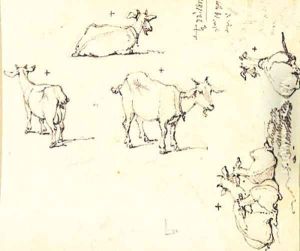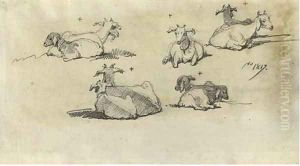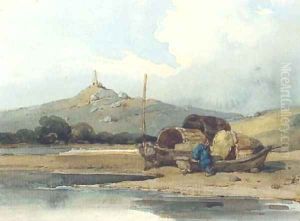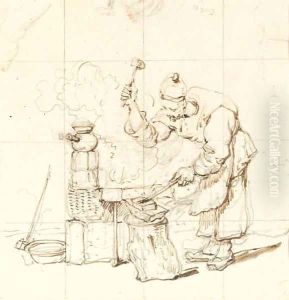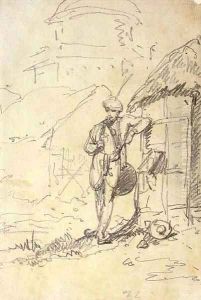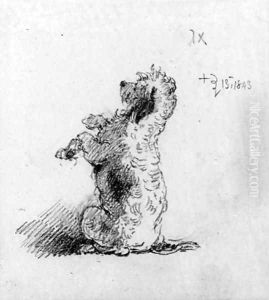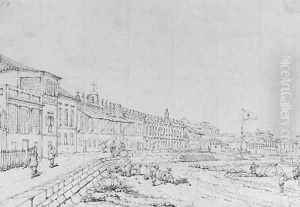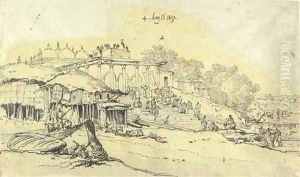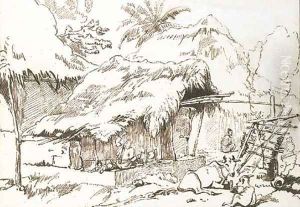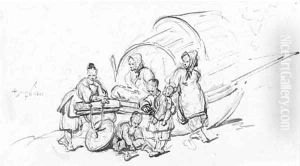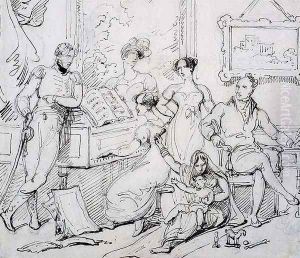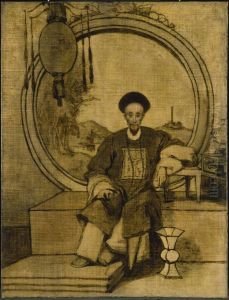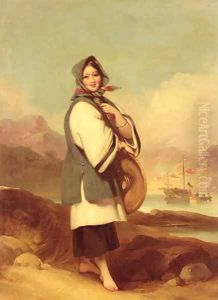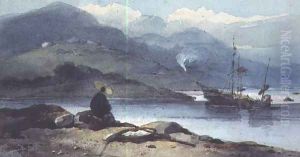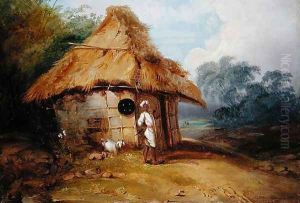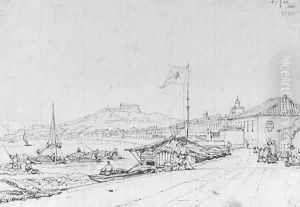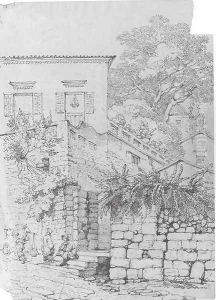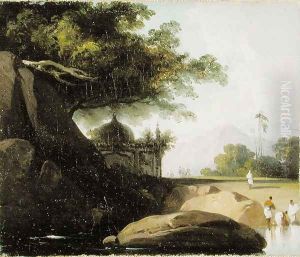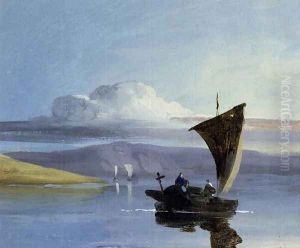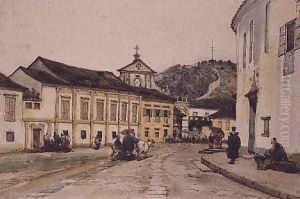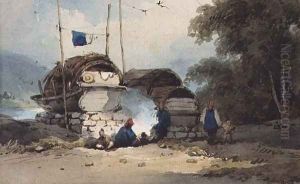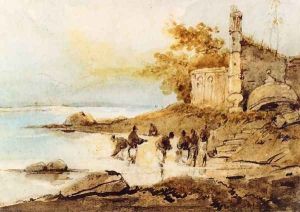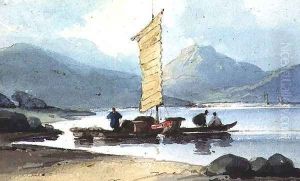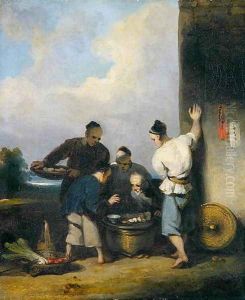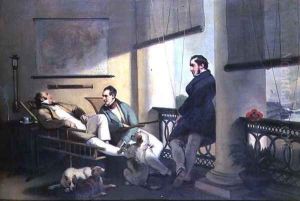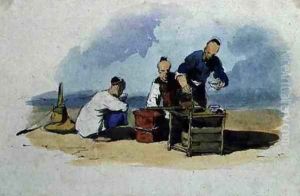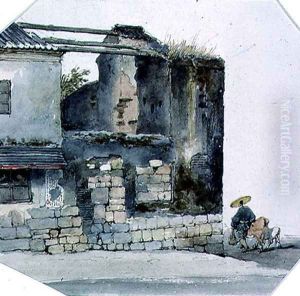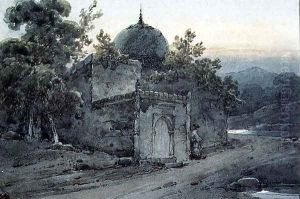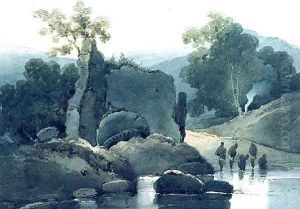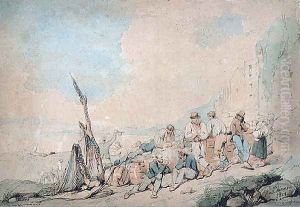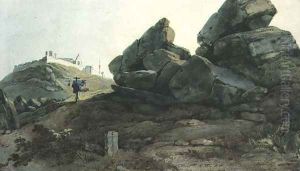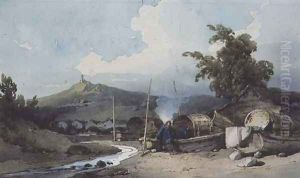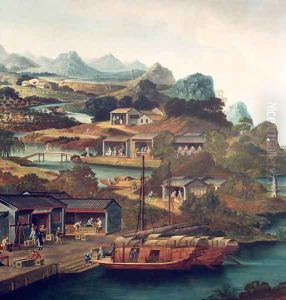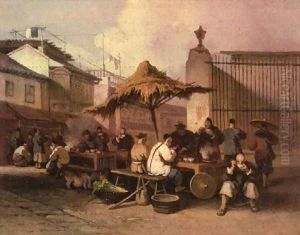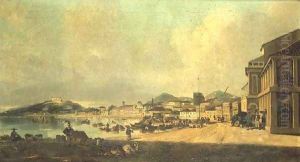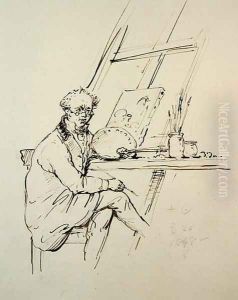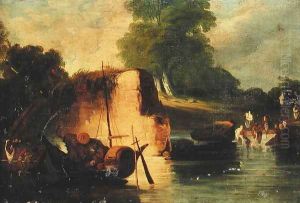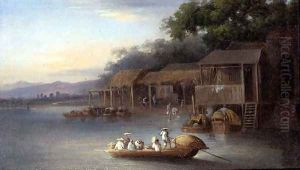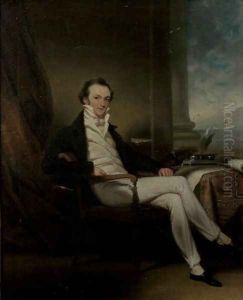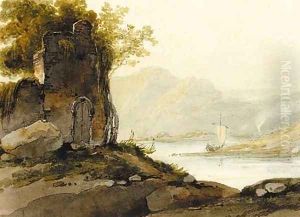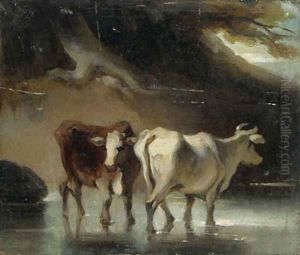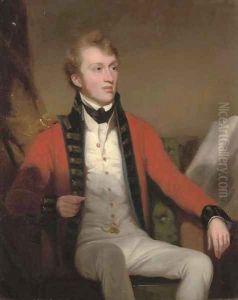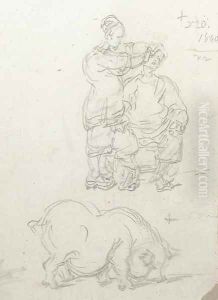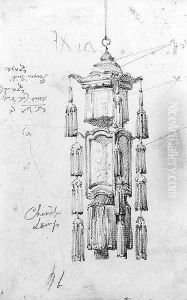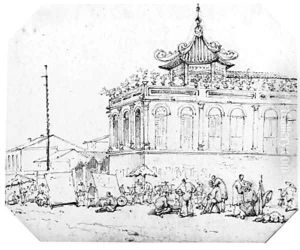George Chinnery Paintings
George Chinnery was an English painter who spent much of his life in Asia, particularly in India and southern China. Born on January 5, 1774, in London, he was the son of a successful cheese monger. From a young age, Chinnery showed an aptitude for drawing and painting. He studied at the Royal Academy Schools in London, where he developed his artistic skills, focusing on portrait painting.
Chinnery's early career began in London, but he moved to Dublin for a few years, where he enjoyed a certain degree of success. However, perhaps driven by a sense of adventure or the desire for new opportunities, he left for India in 1802. He spent nearly two decades on the subcontinent, first in Calcutta and later in Madras, becoming a celebrated artist among the British colonial society. His work from this period includes detailed portraits, landscapes, and scenes of Indian life, capturing the cultural and social milieu of the time.
In 1825, Chinnery moved to China, where he would remain for the rest of his life. He settled in Macau, a Portuguese colony, but frequently traveled to Canton (Guangzhou) and Hong Kong. Chinnery's paintings from his China period provide an invaluable visual record of the region during the early 19th century. He painted a wide array of subjects, from local Chinese people and British expatriates to cityscapes and rural landscapes. His work is characterized by his use of light and his ability to capture the essence of his subjects with a sense of immediacy and intimacy.
Despite his success as an artist, Chinnery's personal life was marked by financial difficulties. He was known to be generous to a fault and often found himself in debt. Nevertheless, he continued to work tirelessly, leaving behind a vast and diverse body of work. George Chinnery passed away on May 30, 1852, in Macau, leaving a legacy as one of the most important Western artists to have worked in Asia during the colonial era. His work is still highly regarded and can be found in numerous collections around the world, including the British Museum, the Victoria and Albert Museum, and the Peabody Essex Museum.
